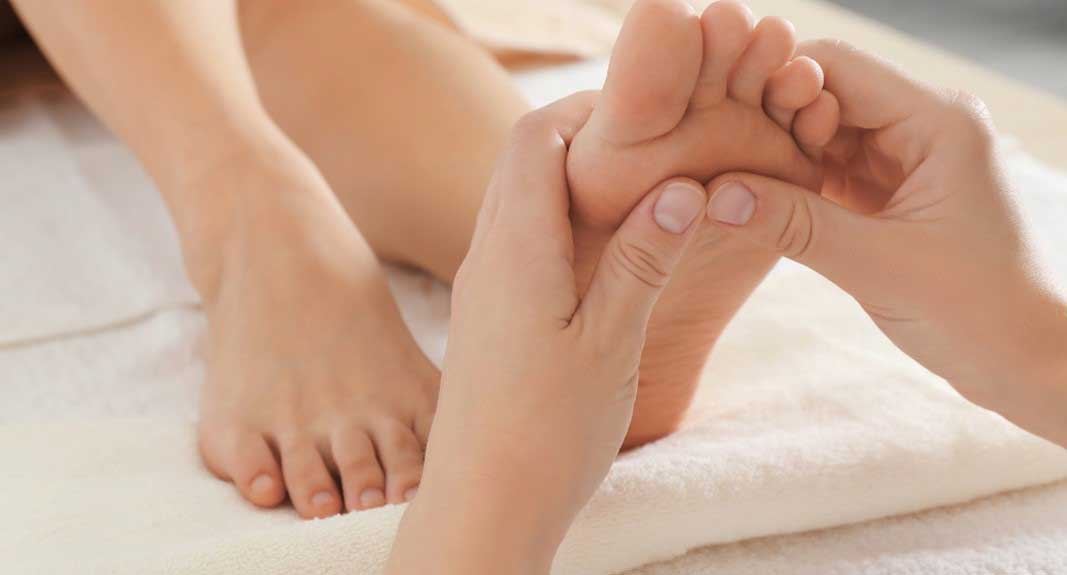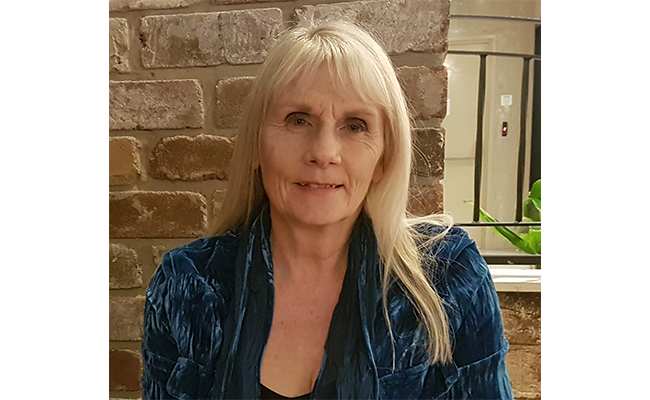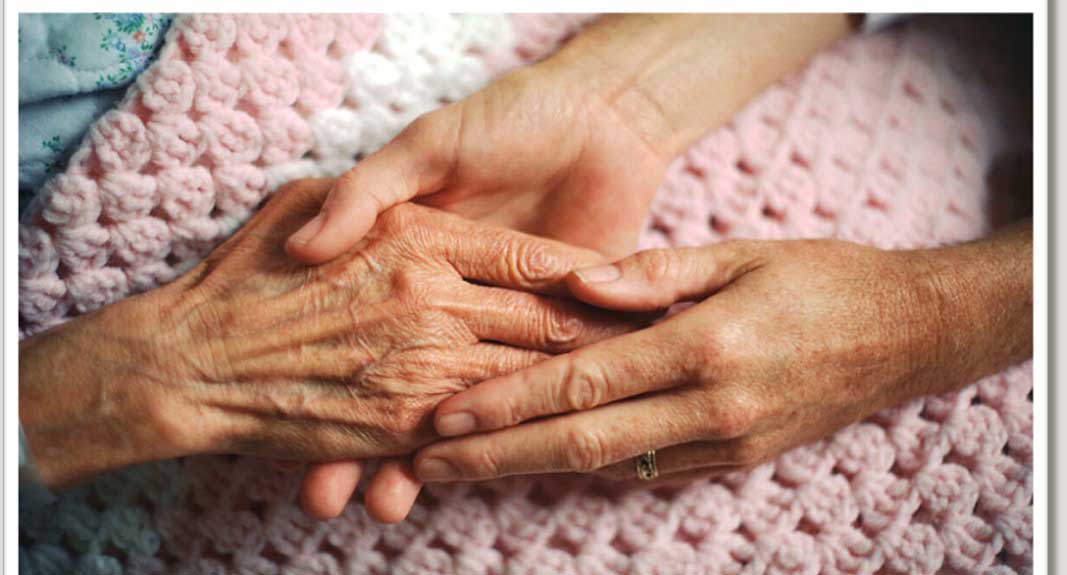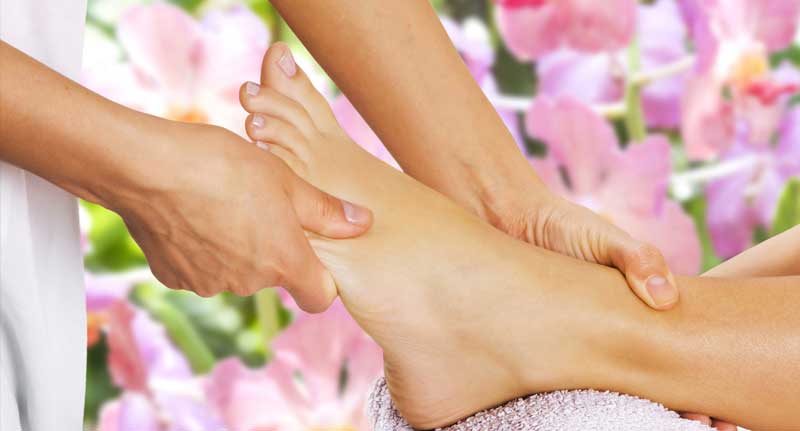In the hustle and bustle of our daily lives, our feet often bear the brunt of our activities. Yet, they are one of the most neglected parts of our body. Foot care goes beyond just pedicures; it involves understanding the principles of reflexology and adopting practices that promote overall well-being. In this blog, we’ll delve into the world of reflexology and explore how to best take care of your feet.
Understanding Reflexology
Reflexology is an ancient healing practice that dates back thousands of years. It is based on the principle that there are reflex points on the feet, hands, and ears that correspond to specific organs, glands, and other parts of the body. By applying pressure to these reflex points, practitioners believe they can stimulate energy flow and promote healing in the corresponding areas of the body.
The feet, in particular, are holograms of the entire body, with each part of the foot corresponding to a specific organ or system. For example, the ball of the foot corresponds to the heart and chest, while the heel corresponds to the lower back and intestines and the inner edge of the foot to our spines. By massaging these reflex points, practitioners aim to release tension, improve circulation, and restore balance to the body.
The Benefits of Reflexology
Reflexology offers a myriad of benefits for both physical and mental well-being. Some of the key benefits include:
- Stress Relief: Reflexology helps to relax the body and calm the mind, making it an effective stress management tool.
- Pain Relief: By targeting specific reflex points, reflexology can alleviate pain and discomfort in various parts of the body, including the feet themselves.
- Improved Circulation: Reflexology stimulates blood flow and lymphatic drainage, which can help to improve circulation and promote overall health, important for diabetics in particular who are prone to neuropathy – the loss of sensation at body extremities like toes.
- Detoxification: Reflexology helps to flush out toxins from the body, leaving you feeling refreshed and rejuvenated.
- Enhanced Sleep: Many people find that reflexology promotes better sleep by reducing tension and promoting relaxation, the pre-cursor to alleviating any disease within the body.
Tips for Taking Care of Your Feet
In addition to practicing reflexology, there are several other ways to take care of your feet and keep them healthy and happy:
- Keep Them Clean and Dry: Wash your feet daily with warm water and mild soap, and be sure to dry them thoroughly, especially between the toes, to prevent fungal infections. Wear shower shoes in public showers.
- Moisturize Regularly: Moisturize your feet daily to keep the skin soft and supple. Focus on the heels and other areas prone to dryness as otherwise prolonged dryness leads to cracks & painful fissures. However, avoid applying moisturizer between the toes, as this can lead to fungal growth. Use Foot balms containing essential oils of Tea-tree for minimising fungal growth, Peppermint for its ability to awaken the senses and kill odour and Lavender for skin soothing.
- Trim Your Nails Properly: Trim your toenails straight across the top so that the nail does not extend beyond the tip of the toe, preventing ingrown toenails. Be sure to use proper nail clippers and avoid cutting them too short. The sides of the toenail should be cut and filed down in a curve to minimise digging into & injuring neighbouring toes.
- Wear Comfortable Shoes: Invest in supportive, well-fitting shoes that provide adequate cushioning, arch support and ventilation. Avoid wearing high heels for extended periods, as they can cause foot pain, bunions, hammer toes and other problems such as shortening calves and lower back pain. Wear socks of natural fibers such as cotton or bamboo – no more than 25% of the fabric should be of synthetic origin.
- Stretch and Exercise: Incorporate foot exercises and stretches into your daily routine to keep the muscles and ligaments in your feet flexible and strong. Here are some easy ones to do daily: Toe raises, pointing, splaying and curls; ankle rotations, Achilles and calf stretches, rolling one foot at a time on a tennis / golf ball; picking up a marble with you toes; walking on sand.
- Elevate Your Feet: Spend some time each day with your feet elevated to reduce swelling and improve circulation. Apply the following blend of essential oils to aid with swollen ankles and feet: 5 drops each of Lavender, Cypress & Juniper Berry & 1 drop of Peppermint all diluted in 30ml of carrier oil or a lotion.
- Get Regular Foot Massages: Treat yourself to a foot massage or practice self-massage techniques to relieve tension and promote relaxation. Diabetics in particular are advised to have regular foot massages to aid with circulation to the peripheries.
Your feet are the foundation of your body, and taking care of them is essential for overall health and well-being. By incorporating reflexology and other holistic therapies such as aromatherapy into your daily routine, you can keep your feet happy, healthy, and rejuvenated. So take the time to pamper your feet—they (and you) deserve it!










